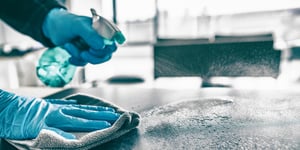 The more accidents you have in your kitchen and the more claims you file, the higher your Restaurant Insurance costs. And we all know how dangerous restaurant kitchens can be. According to the U.S. Bureau of Labor Statistics, there were 93,800 nonfatal injuries and illnesses in full-service restaurants in 2019, and about one-third of those injuries required at least one day away from work.
The more accidents you have in your kitchen and the more claims you file, the higher your Restaurant Insurance costs. And we all know how dangerous restaurant kitchens can be. According to the U.S. Bureau of Labor Statistics, there were 93,800 nonfatal injuries and illnesses in full-service restaurants in 2019, and about one-third of those injuries required at least one day away from work.
These injuries are costing restaurants thousands of dollars every day – both directly and indirectly. Direct costs include wage replacement, litigation costs, property losses, etc. Indirect costs include loss of productivity, OSHA fines, damage to your business reputation, workplace disruptions, etc.
Create a safer kitchen to prevent injuries, and you not only lower the cost of your insurance premiums, but you also create a better work environment, save yourself a lot of headaches, and save on many other operating costs. Here are three of the most common restaurant injuries, according to QSR magazine, and tips to avoid them.
Lacerations and Punctures
With all the knives, slicers, and breakable dishes and glasses, it should come as no surprise that lacerations and punctures are among the most common injuries in restaurant kitchens. Here are fifteen tips to minimize the risk of lacerations and punctures.
- Keep knives sharp
- Use the right knife for the right job
- Store knives in a rack or knife block – not loose in a drawer
- Curl fingers of the hand holding the food under when chopping, mincing, etc.
- Wear cut-resistant gloves
- Use a cutting board
- Clean knives immediately after use
- Don’t try to catch a falling knife
- Install machine guards
- Maintain all equipment
- Train employees on the proper use of knives and equipment
- Don’t wear loose clothing or jewelry that can get stuck in equipment
- When washing glasses, don’t quickly change the water temperature
- Don’t stack glassware
- Don’t allow glasses to rub against each other
Burns
Again, with all the hot grease, boiling water, hot stoves, and ovens, it should come as no surprise that burns are one of the most common injuries in restaurant kitchens. QSR reports that “As many as one-third of occupational burns occur in restaurants, totaling about 12,000 reported cases per year, although the actual number is projected to be much higher.” Here are fifteen tips to avoid burns in your restaurant kitchen
- Turn pot handles away from burners
- Never leave handles sticking out over the edge of the stove
- Adjust burn flames, so they cover only the bottom of the pan
- Avoid overcrowding range tops
- Don’t leave hot oil or grease unattended for any length of time
- Slowly lift lids to allow steam to escape
- Keep hair, clothing, and flammable materials away from open flames
- Ask for help to move very heavy pots that are hot or contain hot ingredients
- Use fryer baskets
- Don’t fill fryer baskets more than halfway
- Install splash guards on fryers
- Remove excess ice crystals on food before placing in fryer
- Dispose of oil correctly
- Wear protective clothing, such as gloves
- Use hot pads, pot holders, etc.
Sprains and Strains
Improper lifting, overreaching, tripping, etc., can cause sprains and strains in restaurant kitchens. Here are fourteen tips to minimize the risk of this type of injury.
- Wear slip-resistant shoes
- Clean up spills immediately
- Use signs to warn of potential hazards
- Keep walkways clean and free from tripping hazards
- Avoid carrying loads that block your view
- Ensure there is adequate lighting
- Store heavier items on the middle shelves
- Use a ladder or step stool instead of reaching above your shoulder height
- Use hand trucks to move items when possible
- Use anti-fatigue mats
- Use mechanical equipment to limit repetitive tasks when possible
- Provide training on safe lifting techniques
- Take breaks from repetitive tasks
- Avoid awkward positions
Regular employee training and the enforcement of safety procedures are crucial to minimizing injuries. Every restaurant kitchen should also have a first aid kit handy and make sure that several workers in the kitchen know how to treat minor injuries properly.
How to Save on Restaurant Insurance Costs
Developing a safe work environment is a significant step to reduce Restaurant Insurance costs, but it isn’t the only step restaurant owners can take. The experienced agents at American Insuring Group can offer additional ways to lower your Restaurant Insurance costs. So give us a call at (800) 947-1270 or (610) 775-3848, or connect with us online and start saving today!



 The right
The right 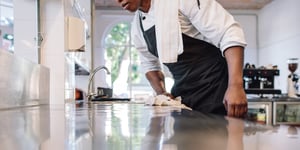 The COVID-19 pandemic reminded restaurant owners and managers of the importance of proper sanitation - whether they’re running a food truck or a fine dining restaurant. So perhaps it’s a good idea to continue some of those additional precautions even as the mandates are lifted.
The COVID-19 pandemic reminded restaurant owners and managers of the importance of proper sanitation - whether they’re running a food truck or a fine dining restaurant. So perhaps it’s a good idea to continue some of those additional precautions even as the mandates are lifted.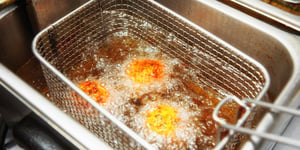 Used properly, commercial deep fryers can result in delicious foods, but they can also cause injuries and damage, which increases
Used properly, commercial deep fryers can result in delicious foods, but they can also cause injuries and damage, which increases 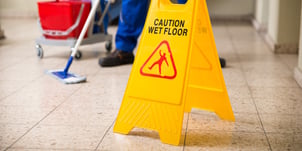 Workplace injuries do more than increase your
Workplace injuries do more than increase your  If you want to manage the cost of
If you want to manage the cost of 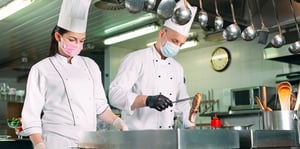 Restaurant Insurance
Restaurant Insurance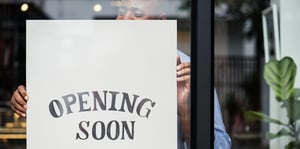 You know what they say, “Hope for the best but prepare for the worst and make sure you have the right
You know what they say, “Hope for the best but prepare for the worst and make sure you have the right 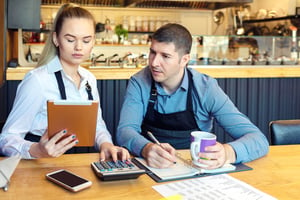 Every restaurant owner or manager knows that accidentally omitting even one key ingredient from a recipe can have a devastating effect. The same is true with
Every restaurant owner or manager knows that accidentally omitting even one key ingredient from a recipe can have a devastating effect. The same is true with 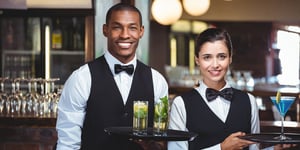 The best way to lower
The best way to lower 



